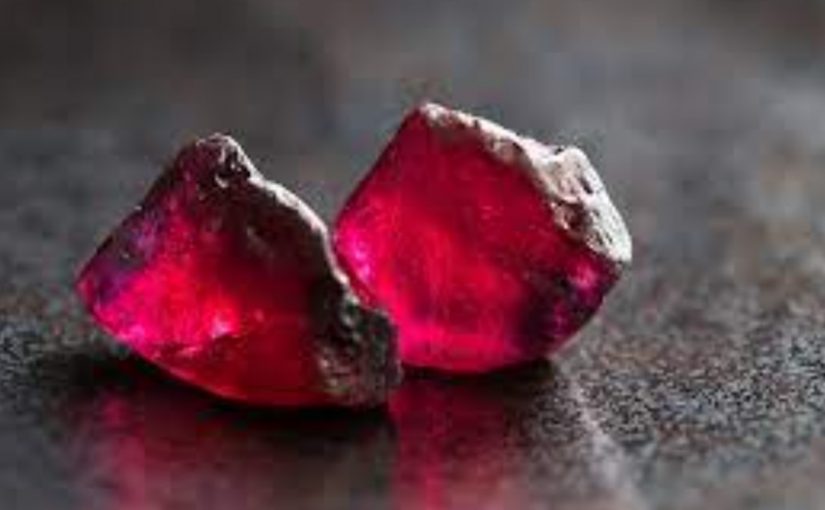Mozambique: HCB launches Centro Sul rehabilitation project - AIM report
Mozambique: Ruby production soars in Q2

FILE - For illustration purposes only. [File photo: AIM]
Ruby production in Mozambique soared in the second quarter, after a sharp decline in the first three months, and is already above forecasts for 2024, according to budget execution data consulted today by Lusa.
In the first six months of the year, ruby production in Mozambique was over 1.64 million carats, an increase of 10% compared to the same period in 2023, according to the budget execution report from January to June from the Ministry of Economy and Finance.
Ruby production had fallen by 55% until March, also in year-on-year terms, to 252.6 thousand carats, according to the first quarter report, previously reported by Lusa, due to problems at the largest national mine, Montepuez Ruby Mining (MRM).
“Regarding rubies, it is important to note that during the second quarter there was an exponential growth in their production, with an emphasis on the performance of the company SLR Mining, which assumed the position of largest producer of this mineral resource. This company was responsible for the production of more than 70% of the total,” the report reads.
READ: Fura secures MIREME approval for acquisition of ruby licence in Mozambique
The Mozambican government set a production target of 3,080,895.32 carats of rubies for the whole of 2024, so the record for the first six months – 1,640,710.60 carats – already represents a 53% achievement of the annual target, while in the first quarter it was 8%.
Lusa previously reported that the value of Mozambican ruby exports fell by 80% in the first quarter, yielding around €4.6 million, according to data from the central bank.
The report on the balance of payments for the first quarter stated that revenues from ruby exports fell from US$25.6 million (€23.7 million) from January to March 2023 to US$5.2 million (€4.6 million) in the same period this year.
The report on the first quarter linked the “low production levels of the largest producer of this mineral” to the “failure of production equipment” and “military instability in the north of the country”, in reference to attacks by rebel groups in Cabo Delgado, which increased sharply in the first three months of the year.
Global ruby production in Mozambique had already declined in 2023, to 2.7 million carats, compared to 4.2 million carats in 2022 and five million carats in 2021.
Ruby mining at the MRM mine in Cabo Delgado, in northern Mozambique, the largest in the country, has generated almost one billion Euros since 2012, according to data released at the end of April by Gemfields, which owns 75% of the company.
According to data up to December from the “G Factor for Natural Resources” report, which aims to promote “transparency” on the level of wealth of human resources shared by Gemfields “with host country governments” from the mining, oil, wood gas and fishing sectors, MRM had a total revenue of US$151.3 million (€141 million) in 2023.
Since Gemfields acquired 75% of MRM – in February 2012, the year mining exploration began, with ruby auctions starting two years later – the mine has accumulated revenues of over US$1,055 million (€982.7 million), paying the Mozambican state, in the same period, US$257.4 million (€239.7 million).
Last year, MRM paid the Mozambican state US$53.2 million (€49.6 million) in royalties and taxes, according to the same report.
MRM is a Mozambican company that operates the Montepuez ruby deposit, located in north-eastern Mozambique, in the province of Cabo Delgado, covering approximately 33,600 hectares.
“It is believed to be the most significant ruby deposit recently discovered in the world,” says the company, which claims to have created more than 1,500 jobs locally, 95% of which are for Mozambicans, 65% of which are from Cabo Delgado.
MRM is 75% owned by Gemfields and 25% by Mwiriti Limitada, a Mozambican company.












Leave a Reply
Be the First to Comment!
You must be logged in to post a comment.
You must be logged in to post a comment.